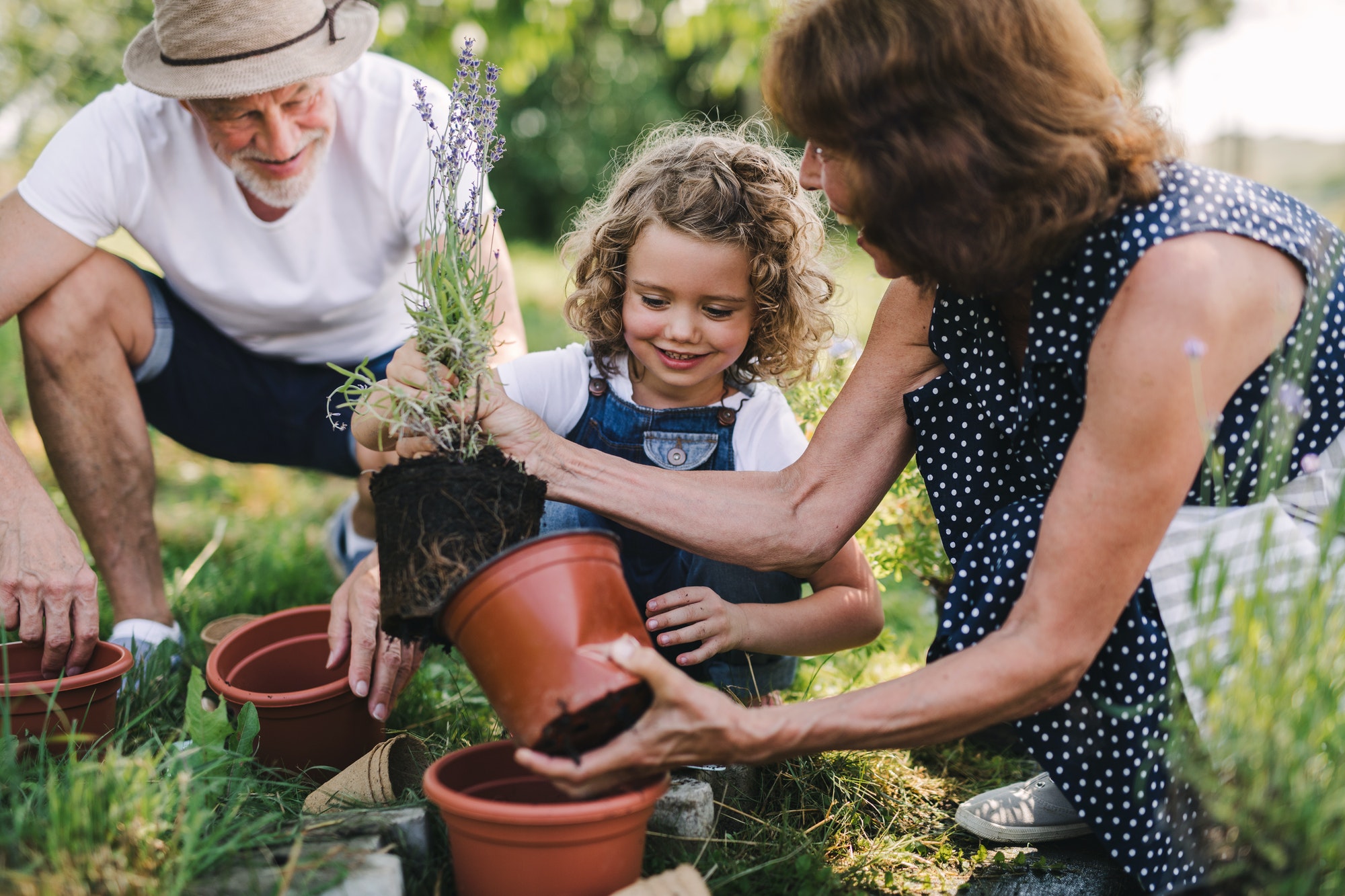Children’s Gardening Ideas
While a Children Garden can be fun for both parents and kids, it can also present a number of safety concerns. Parents may wonder how to keep their children safe in their garden, but following some simple safety tips can help keep young gardeners away from harmful chemicals and pests. To prevent such dangers, it is best to opt for organic gardening. All chemicals should be stored out of the reach of young children. Moreover, young children should never be allowed to play with buckets of water. Also, plants should be labelled and children should not be left unsupervised when gardening.
Before starting to plant your garden, start by taking your kids to the market. Encourage them to pick several kinds of vegetables and herbs. If possible, discuss what kind of food they would like to grow. If they love spaghetti, try growing tomato, basil, and parsley. If they like tacos, they should grow lettuce, tomatoes, garlic, onions, and peppers. It is always better to plan ahead than to regret later. By creating a Children Garden, parents and kids can make healthy meals together, and it will be a great way to bond.
Kids are highly tactile, so plant plants that appeal to this. Herbs such as chives and mint will delight the little ones. And for a tasty snack, you can pick up a few leaves from your children’s garden. Sweet basil, for instance, is a great choice for a children’s garden. It has delicious aromas and has a delicate, tender foliage. English thyme makes a great ground cover, and dill is a host plant for the black swallowtail butterfly.
Children’s gardening ideas can be as diverse as your imagination allows. A fun and enticing theme can make your children feel like they are in charge of their own little piece of the garden. They can wait for the plants to germinate and feel a sense of ownership. Besides, these fun-filled activities will keep them busy while waiting for the plants to germinate. If you have a backyard, why not build it around a child’s favorite storybook?
In addition to the fun and educational programs that children can enjoy, the Children’s Garden will also house a pollinator garden and a butterfly habitat. The horticulture faculty at Auburn University will hold horticulture workshops and school field trips to share the excitement of nature with young children. They will also host summer children’s programs and teach gardeners how to build a raised bed garden. There will also be several horticulture education workshops for parents and kids.
Hollyhocks are an excellent way to create secret garden areas. Hollyhocks should be planted two to three feet apart. Hollyhocks grow large, so you should leave space around them to walk between them. After planting, thin the plants by picking the best seedling. Hollyhocks are also susceptible to root rot and powdery mildew. This type of plant requires good air flow to survive. After all, children love to explore, right?
